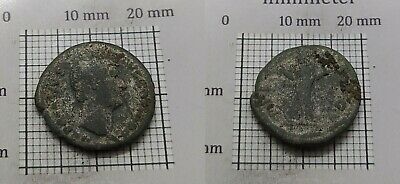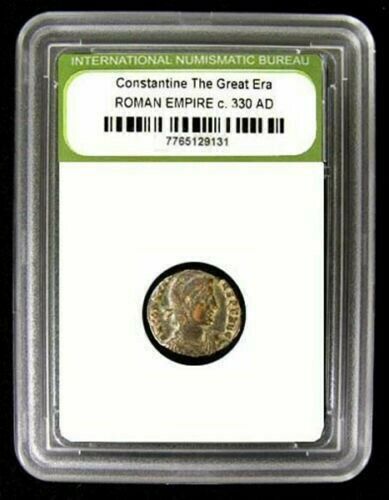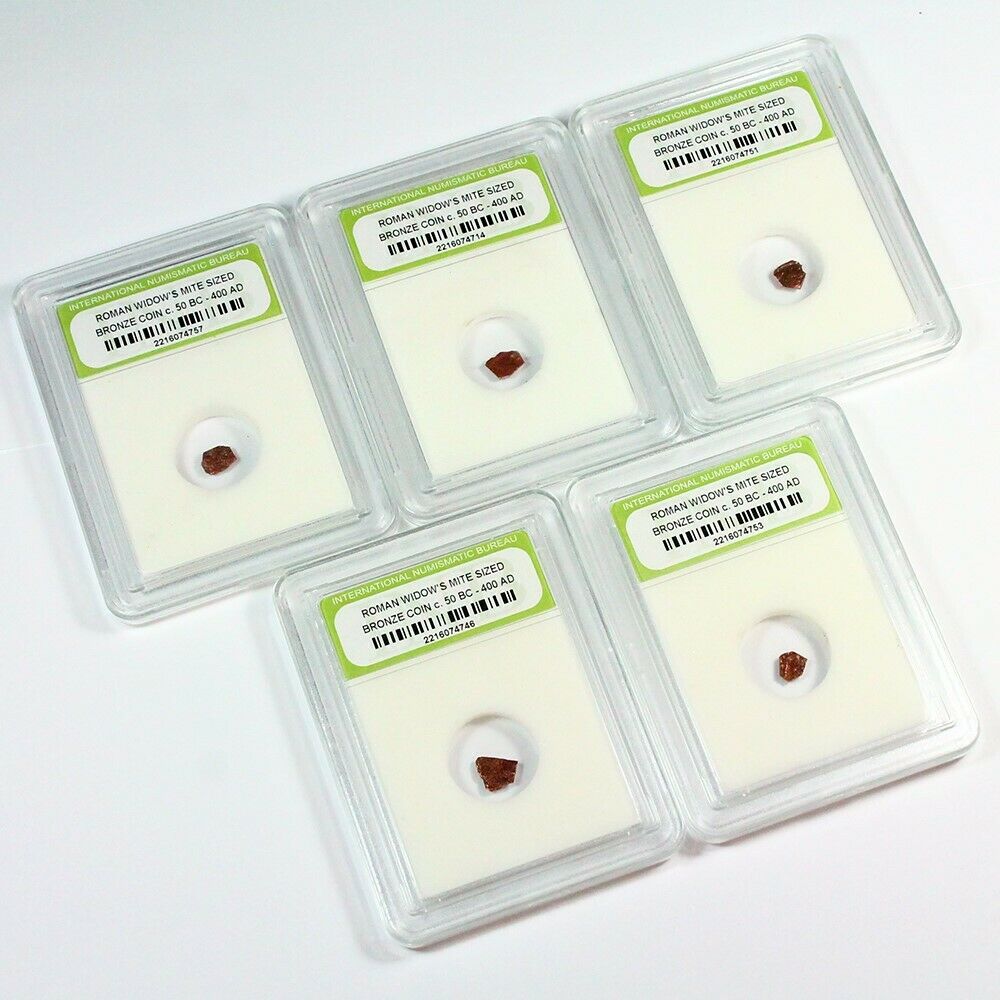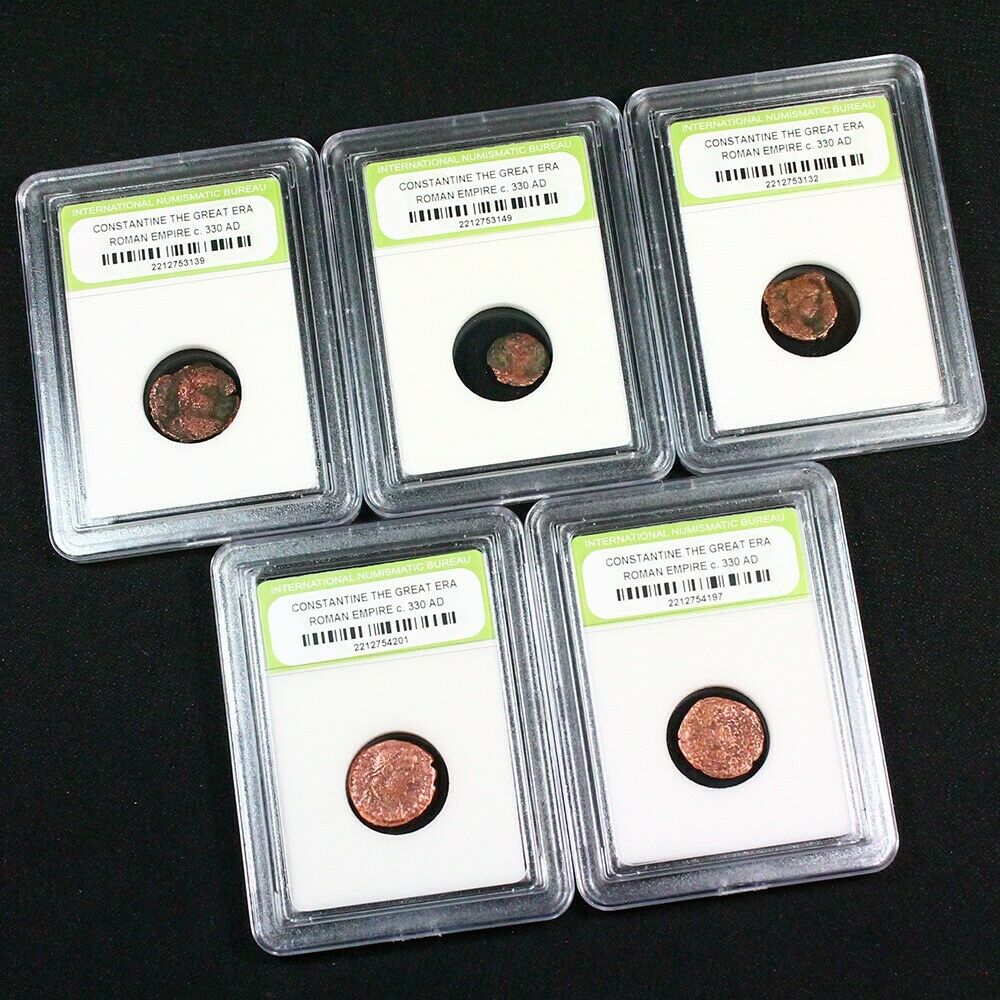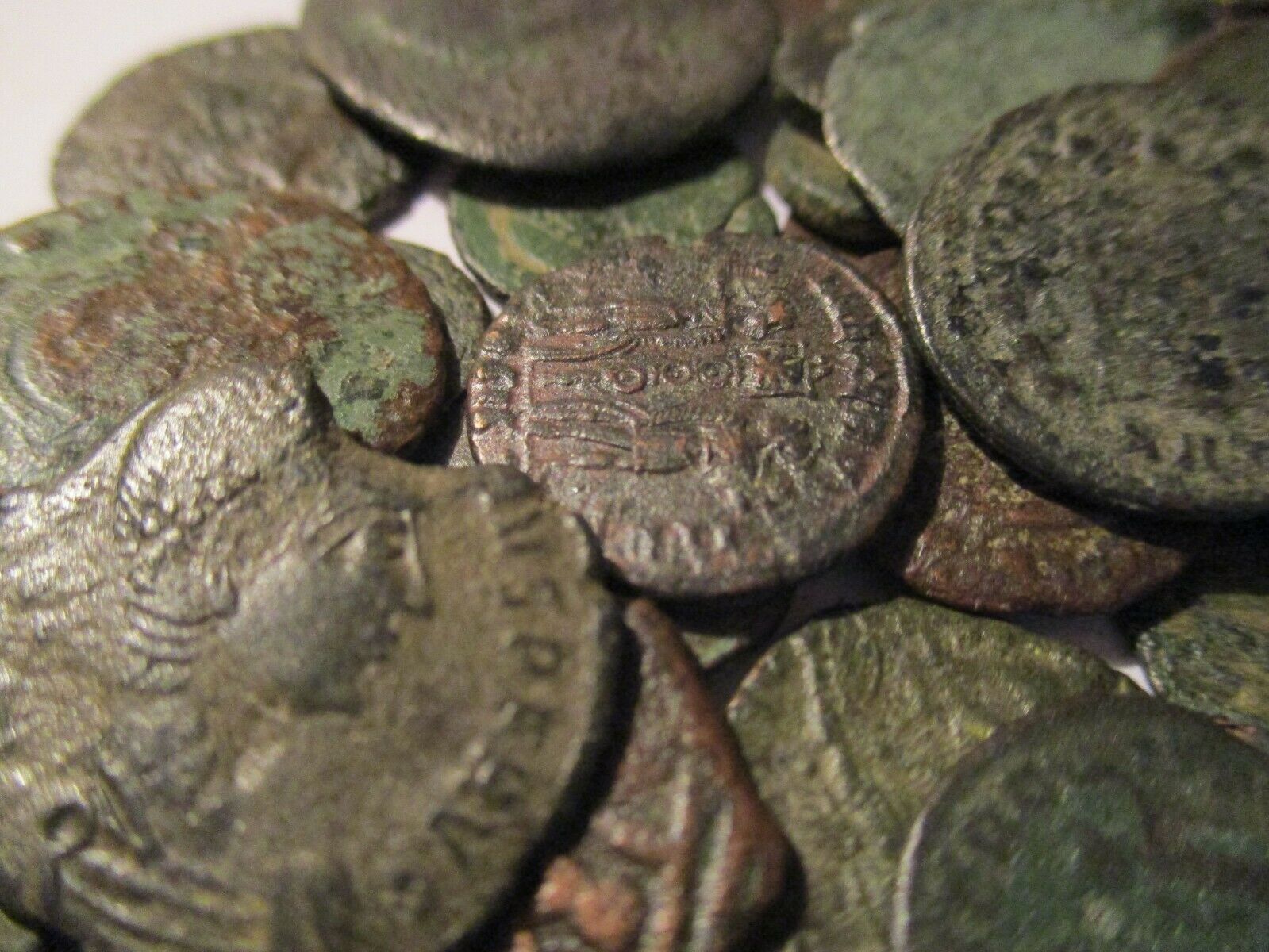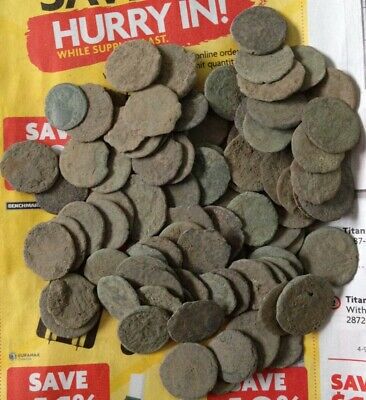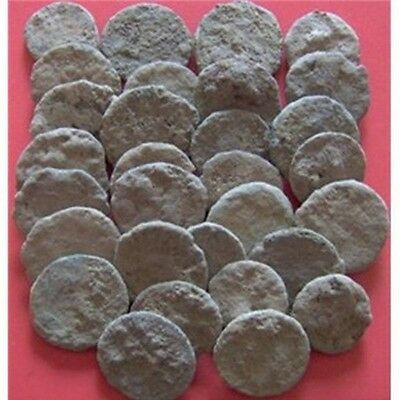-40%
Ancient Antique Coin Billon ROMAN Denarius imp. Hadrian 117-138 AD. # 790
$ 7.86
- Description
- Size Guide
Description
HADRIAN14th Emperor of the Roman Empire
Reign
10 August 117 – 10 July 138
Hadrian (/ˈheɪdriən/; Latin: Caesar Traianus Hadrianus pronounced [ˈkae̯s̠ar t̪rajˈjaːnʊs̠ (h)a.d̪riˈjaːnʊs̠]; 24 January 76 – 10 July 138) was Roman emperor from 117 to 138. He was born into a Roman Italo-Hispanic family that settled in Spain from the Italian city of Atri in Picenum. His father was of senatorial rank and was a first cousin of Emperor Trajan. He married Trajan's grand-niece Vibia Sabina early in his career, before Trajan became emperor and possibly at the behest of Trajan's wife Pompeia Plotina. Plotina and Trajan's close friend and adviser Lucius Licinius Sura were well disposed towards Hadrian. When Trajan died, his widow claimed that he had nominated Hadrian as emperor immediately before his death.
Rome's military and Senate approved Hadrian's succession, but four leading senators were unlawfully put to death soon after. They had opposed Hadrian or seemed to threaten his succession, and the senate held him responsible for it and never forgave him. He earned further disapproval among the elite by abandoning Trajan's expansionist policies and territorial gains in Mesopotamia, Assyria, Armenia, and parts of Dacia. Hadrian preferred to invest in the development of stable, defensible borders and the unification of the empire's disparate peoples. He is known for building Hadrian's Wall, which marked the northern limit of Britannia.
Hadrian energetically pursued his own Imperial ideals and personal interests. He visited almost every province of the Empire, accompanied by an Imperial retinue of specialists and administrators. He encouraged military preparedness and discipline, and he fostered, designed, or personally subsidised various civil and religious institutions and building projects. In Rome itself, he rebuilt the Pantheon and constructed the vast Temple of Venus and Roma. In Egypt, he may have rebuilt the Serapeum of Alexandria. He was an ardent admirer of Greece and sought to make Athens the cultural capital of the Empire, so he ordered the construction of many opulent temples there. His intense relationship with Greek youth Antinous and the latter's untimely death led Hadrian to establish a widespread cult late in his reign. He suppressed the Bar Kokhba revolt in Judaea, but his reign was otherwise peaceful.
Hadrian's last years were marred by chronic illness. He saw the Bar Kokhba revolt as the failure of his panhellenic ideal. He executed two more senators for their alleged plots against him, and this provoked further resentment. His marriage to Vibia Sabina had been unhappy and childless; he adopted Antoninus Pius in 138 and nominated him as a successor, on the condition that Antoninus adopt Marcus Aurelius and Lucius Verus as his own heirs. Hadrian died the same year at Baiae, and Antoninus had him deified, despite opposition from the Senate. Edward Gibbon includes him among the Empire's "Five Good Emperors", a "benevolent dictator"; Hadrian's own senate found him remote and authoritarian. He has been described as enigmatic and contradictory, with a capacity for both great personal generosity and extreme cruelty and driven by insatiable curiosity, self-conceit, and ambition.
This coin is was not chemically uncleaned , not polished, not tinted !!!
MATERIAL: billon/ silver alloy( black color)
17 mm Diameter
3.02 grams weight
Billon coins
are perhaps best known from the Roman Empire, where progressive debasements of the Roman denarius and the Roman provincial tetradrachm in the 2nd century AD led to declining silver and increasing bronze content in these denominations of coins. Eventually, by the third quarter of the 2nd century AD, these coins were almost entirely bronze, with only a thin coating or even a wash of silver.
The coin are 100% genuine.See real photo
I have many other coins and items for sale,
so please
check them
!!!
I combine the price of the delivery!!!
Worldwide delivery to any country.
Combined shipping: 1st purchased coin Shipping $ 6
for each additional +1$ +1$ +1$ + ..
.
Please contact me for more pictures or other details.
PayPal is the preferred method of payment, for other means of paying
please ask before bidding.
Payment must be received within 3 business days.
We ship within 3 days of receipt of payment. We ship worldwide .
The usual period of delivery is 7-28 days Happy to answer your questions.
Always ready to help
View more great items
Track Page Views With
Auctiva's FREE Counter
